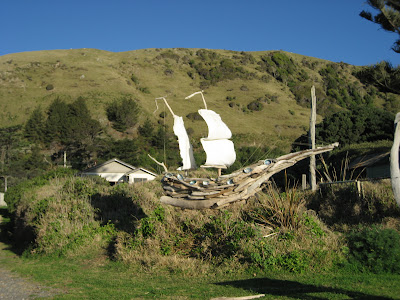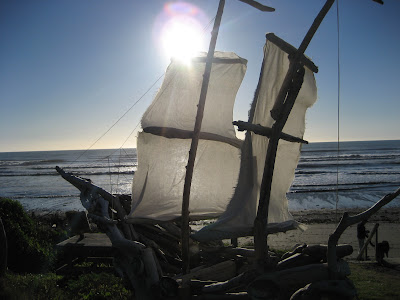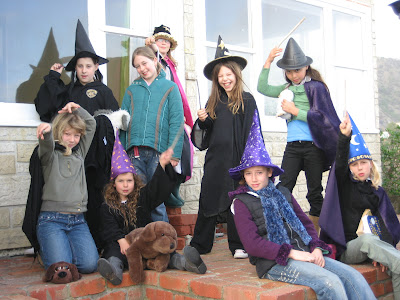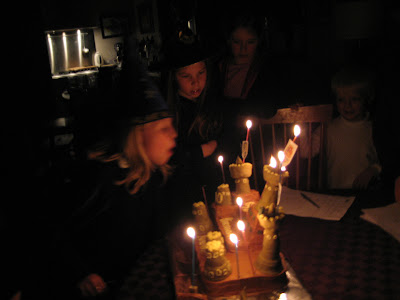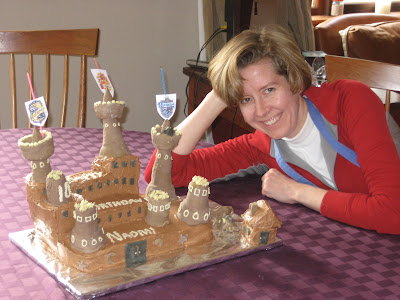
The beautiful sunsets here are starting to annoy me. Nearly every night, someone will look out the window and gasp—the sky is fuchsia again. The sun is sinking down into the sea, the clouds have been set on fire, and it’s so beautiful it doesn’t look real—I swear I can see the brushstrokes in the paint, and I want to cluck my teeth and talk to the artist about how over-the-top it is—I mean, who would ever believe there were those colors in nature.. Doesn’t sound annoying? But it is all a matter of timing. The baby’s laughter that comes in the middle of the day brings you great joy; at 3am, not so much. Here the sunsets come as I’m finishing the dinner preparation—at that point when you can’t actually pause in your actions or things will burn. And each day, stuck in front of a stove while the sky puts on a lightshow, I’m frustrated about owning—but not living in—a house where I could be at the stove and see the sunset at the same time (or at least, I will be able to do this once the wall between kitchen and diningroom is knocked down).
Some of you have been curious about the plans for the new house. I’m curious too. T this point, I’m just about ready to chuck the whole plan thing, do a little face lift and move in, but it’s not so simple to know what’s what in a house renovation in a new country. Our first query to the architect—in June—was to ask for two plans: one with bedrooms left where they are now—on the only developed floor of this bungalow house. The other plan was for us to break up into the attic space that everyone describes as “huge” and put the three bedrooms up there. It’s all a matter of costs vs benefits, you see. I need to have some idea of what it’ll look like and how much it’ll cost to go up into the attic—how much will the roofline have to change? How expensive will it be? How small will the rooms be? If we don’t put the bedrooms upstairs, we can always put two rooms upstairs—a lovely guest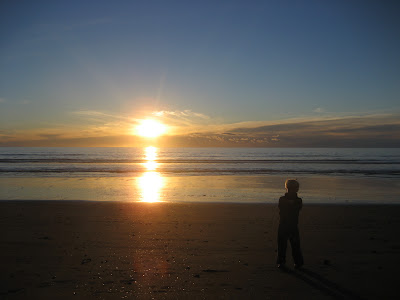 room/study, and a family room/den. Lots of options.
room/study, and a family room/den. Lots of options.
Only, making decisions about these options means that I need information, and no one is giving us information. The architect has been working only on the first floor of the plan with the bedrooms upstairs, and we’ve spent all these months going back and forth about what the ground floor should look like with all of the bedroom space removed. I say, there’s no need to get the ground floor perfectly laid out until we know that we can move all the bedrooms upstairs. He says, “No worries—there is plenty of room up there.” Then, at my insistence, a quick sketch of what the house would look like with the three bedrooms upstairs—and it was totally hideous. The architect laughed and said we don’t spend most of our time looking at the house—no worries about that, either. Ah, that’s a lovely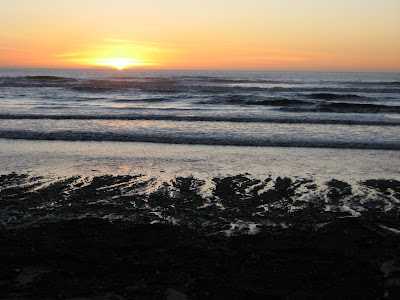 perspective for an architect to take, eh? So I’ve said the roof has to be beautiful, he’s said OK, and still we wait. We’ve asked the difference between putting three rooms and a bath (and changing the roofline, etc) and putting two rooms and not changing the roofline. What’s the cost difference? The time difference? Seems like it must be a lot. But we keep getting told it’s practically the same (an impossibility, because we know that it’ll take at least a month more in the permissions stage if we mess with the rooflines).
perspective for an architect to take, eh? So I’ve said the roof has to be beautiful, he’s said OK, and still we wait. We’ve asked the difference between putting three rooms and a bath (and changing the roofline, etc) and putting two rooms and not changing the roofline. What’s the cost difference? The time difference? Seems like it must be a lot. But we keep getting told it’s practically the same (an impossibility, because we know that it’ll take at least a month more in the permissions stage if we mess with the rooflines).
So I ask for information, people smile and shrug. “No worries,” they tell me. It’s going to be fine.” If we were in the US, I would assume that these attitudes were sexist and that they were treating me this way because I’m just a girl and can’t be expected to hold such things in my head. But here, the “no worries” way of life reigns. There’s no bid for the project—just an hourly rate once the work begins (quite common here, I’m told). There’s no sense of precision about what happens next or when or how I’ll know. And maybe that’s the culture here and I’m being an uptight American about the whole thing—I worry. I notice that I often think there should be more precision, more protection—on twisty mountain roads with no guardrails, with little kids running around the playground unsupervised, with students walking to and from school on their own. And I love each of these things, too, and love the freedom the no worries life brings—the electrician who comes over that afternoon, the kids who freely explore their environment, the expansive sense of possibility without the limitations of constant fears of threat.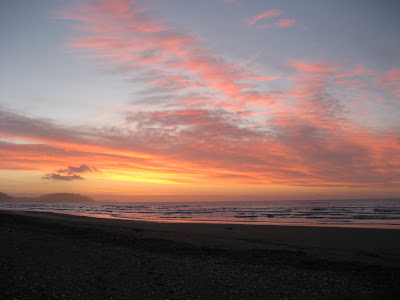
So, how’s the house coming? I don’t know. What happens next? We wait and we hope that while no one worries about what’s next (except me), people are watching out for it. The sketches with the new roofline should come this week, and we’ll see whether the time has come now for worrying. Until then, the wind from last night has died down, and on this train in the lovely early morning sun, the view of the harbour is sweet as.
Postscript: On the way into town on the crowded early morning train, as I was typing this, the man beside me kept falling asleep, and leaning into me. He twice put his head on my shoulder, to the amusement of the folks standing in the aisle and watching. Once, as he fell hard into me as I typed, I pulled away a little and he woke with a start. He apologized profusely and explained that he hadn’t slept well the night before. “No worries,” I told him—and I meant it, too.
(pictures today are just random sunsets, for colour)
--jennifer












